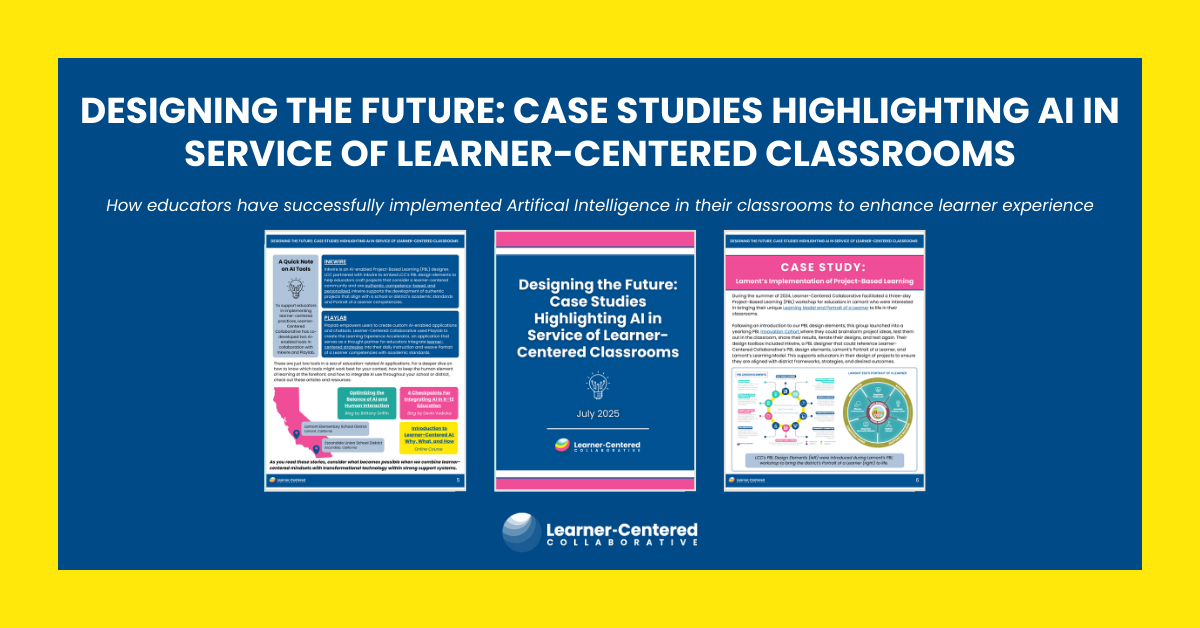Ladder and Knot Outcomes

The first step in designing learner-centered experiences, assessment systems, and structures that are competency-based is to define the desired learning outcomes—what we want students to know and be able to do.
There are two types of learning outcomes and, ideally, we are tending to both. We often think of them as Ladder and Knot outcomes. This tool provides an overview of each type of outcome and will guide you to identify and reflect on the outcomes in your current practices.
Please complete the form below to access the resource.






